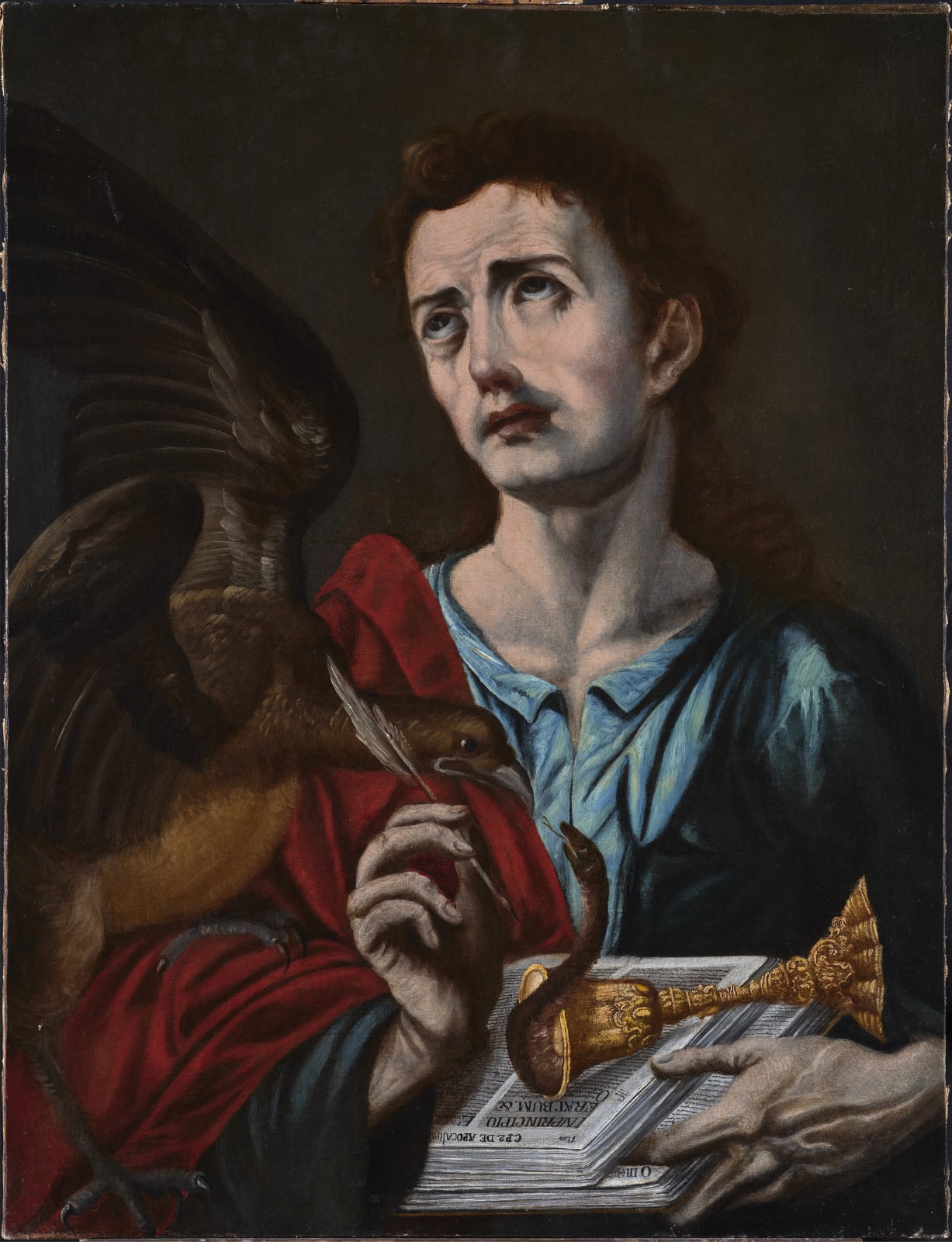MELCHOR PÉREZ DE HOLGUÍN AND WORKSHOP
Provenance
Private collection.
As occurs with the majority of Viceroyalty painters, the catalogue Hof Melchor Pérez de Holguín, probably the most important mestizo Baroque artist to have come out of latter-day Bolivia, lacks the biographical detail to flesh out his identity properly. The son of Diego Pérez de Holguín and Esperanza Flores, he led a tumultuous love life, fathering various children, and is known to have been born in Cochabamba (current capital of the province of Cercado, Bolivia) in 1660, while he is thought to have died in 1732 in Potosí, in the old Peruvian Viceroyalty (current capital of the province of Tomás Frías, Bolivia), where he spent most of his life and career. Known as the Imperial City, Potosí was the most important metropolis not just in Peru, but in the entire Viceroyalty of the Americas. When Holguín arrived, this was the most populated city on the continent, with a population of around 160,000.
